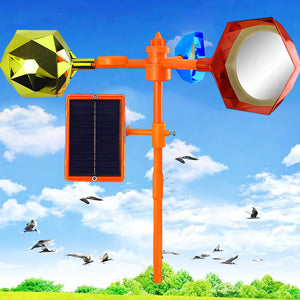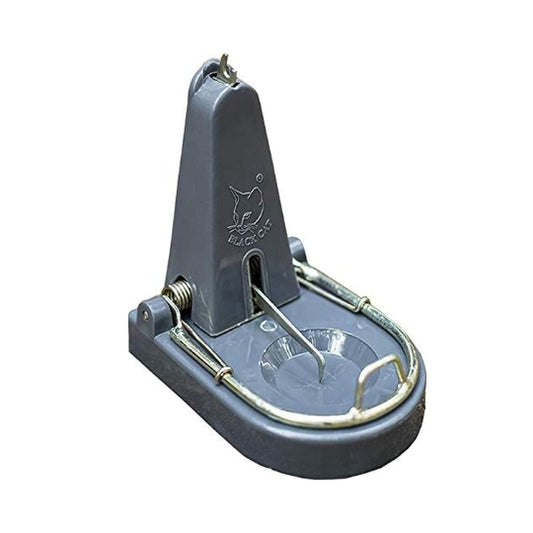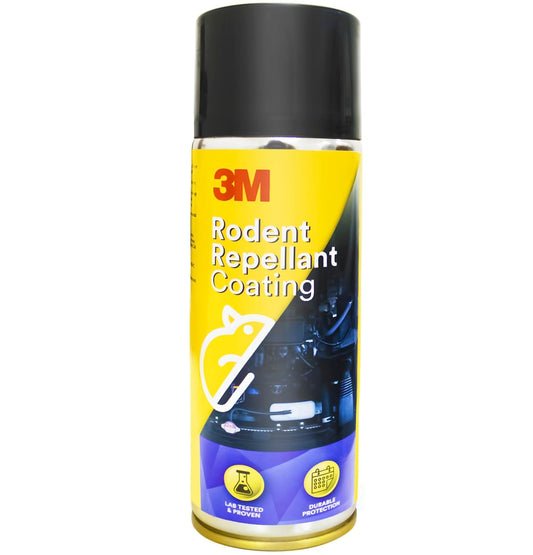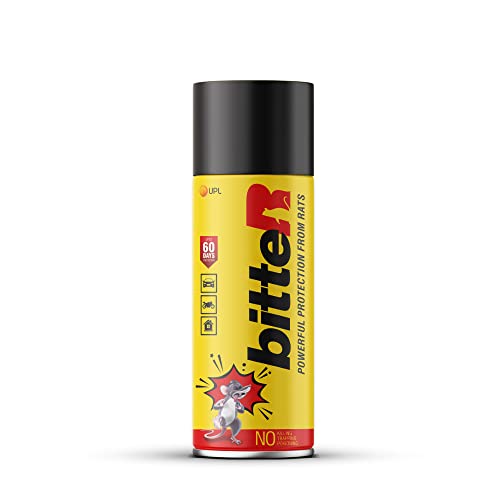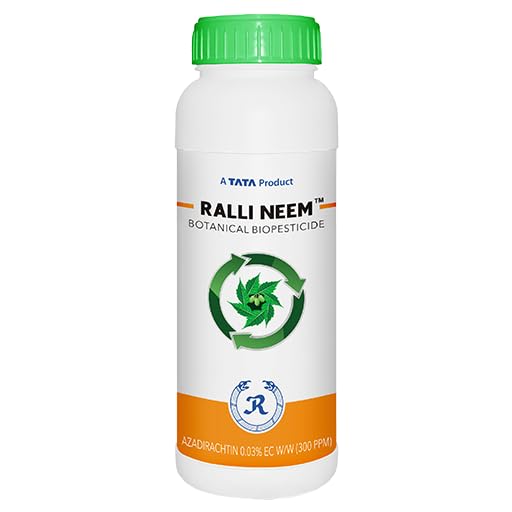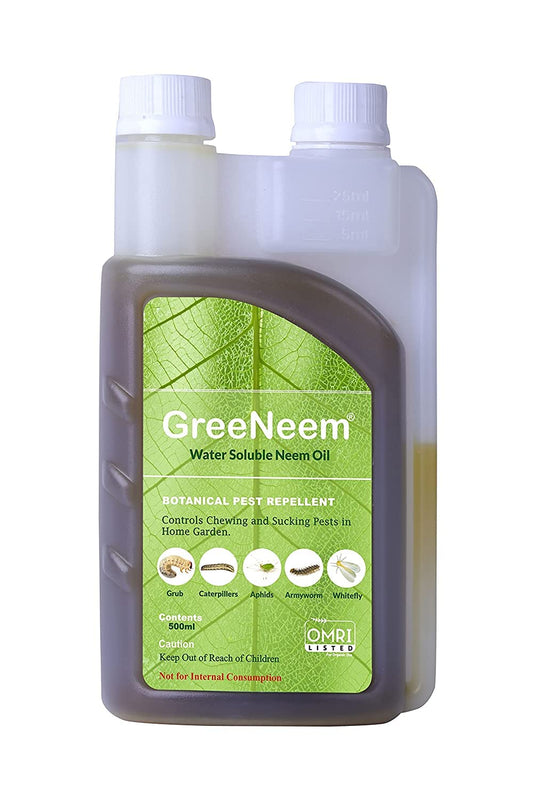Post-Harvest Management of Mango Trees: A Guide for Indian Farmers
Share
The mango season has just passed, and now it is time for Indian farmers to start preparing their mango trees for the next season. This involves a number of post-harvest management tasks, such as pruning, fertilizing, and pest and disease control. By following these steps, farmers can ensure that their mango trees are healthy and productive for years to come.
Here are some of the key post-harvest management tasks for mango trees:
-
Pruning: Pruning is essential for maintaining the health and productivity of mango trees. It helps to remove dead, diseased, or damaged branches, and it also encourages new growth. Pruning should be done in the late winter or early spring, before the tree starts to bud.
-
Fertilizing: Mango trees need regular fertilization to maintain their health and productivity. The best time to fertilize mango trees is in the spring, just before the tree starts to bud. A balanced fertilizer, such as 10-10-10, is a good choice for mango trees.
-
Pest and disease control: Mango trees are susceptible to a number of pests and diseases. It is important to monitor the trees regularly for signs of pests and diseases, and to take action as soon as possible to control them. Some common pests and diseases of mango trees include mealybugs, scale, anthracnose, and brown spot.
In addition to these key tasks, there are a number of other post-harvest management practices that can help to improve the health and productivity of mango trees. These include:
-
Watering: Mango trees need regular watering, especially during the summer months. However, it is important to avoid overwatering, as this can lead to root rot.
-
Mulching: Mulching helps to conserve water, suppress weeds, and improve the soil quality around mango trees. A good mulching material for mango trees is bark chips or straw.
-
Training: Mango trees can be trained to grow in a variety of shapes, such as espalier or fan. Training helps to improve the airflow around the tree, which can help to reduce the risk of pests and diseases.
Training mango trees
By following these post-harvest management practices, Indian farmers can ensure that their mango trees are healthy and productive for years to come.
Here are some additional tips for post-harvest management of mango trees:
- Harvest mangoes when they are ripe, but not overripe. Overripe mangoes are more likely to develop pests and diseases.
- Handle mangoes carefully during harvesting and transportation. Rough handling can damage the fruit and make it more susceptible to pests and diseases.
- Store mangoes in a cool, dry place. This will help to preserve their quality and extend their shelf life.
- Inspect mangoes regularly for signs of pests and diseases. Take action as soon as possible to control any problems.
By following these tips, Indian farmers can help to ensure that their mangoes are safe, healthy, and delicious







